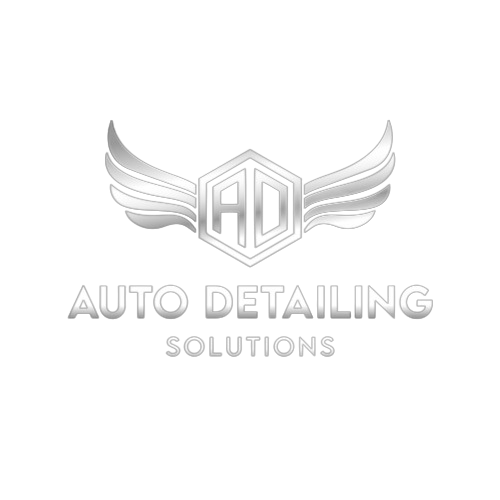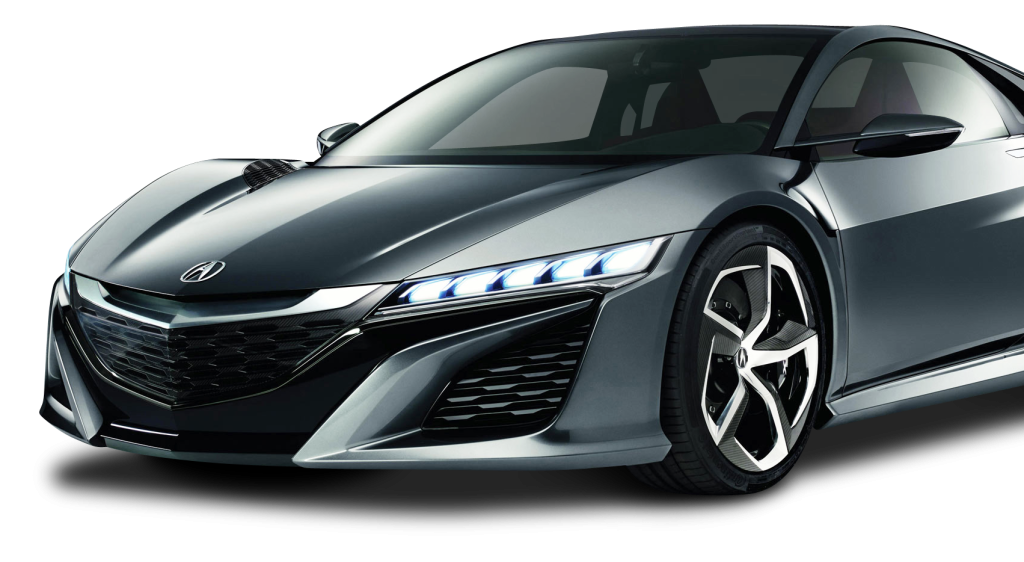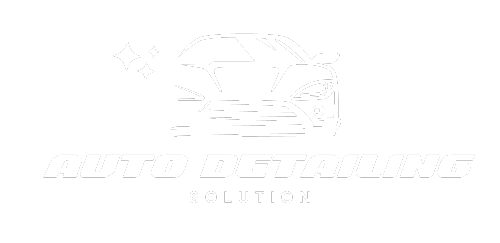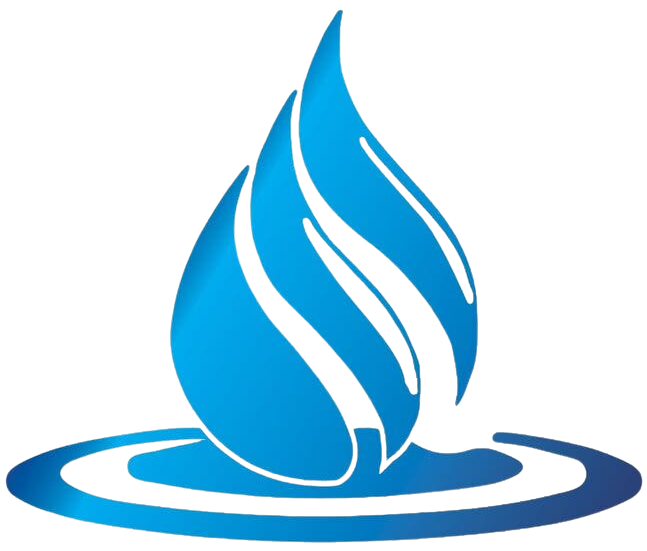Both paint correction and polishing are important to maintain your vehicle’s aesthetics. However, there are some significant differences between them.
As a car owner in Tampa, you undoubtedly want to keep your vehicle looking its best despite the harsh Florida sun, frequent rain, and occasional saltwater exposure.
Maintaining that pristine, showroom-like finish can be challenging, especially when swirl marks, scratches, and other imperfections start to appear.
Two popular methods to restore and enhance your car’s paint are paint correction and polishing.
But what exactly is the difference between these two techniques, and which one is the best for your car?
Let’s dive in and find out.
What is Polishing?
Polishing is a broad term that refers to the process of using a polishing compound and a buffing pad to remove surface imperfections from your car’s paint. The primary goal of polishing is to enhance the paint’s gloss and smoothness.
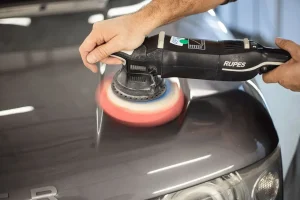
Here’s a closer look at what polishing entails:
The Polishing Process
- Preparation: Before polishing, the car must be thoroughly washed and dried to remove any dirt and debris that could scratch the paint during the process.
- Application: A polishing compound is applied to a buffing pad, which is then used to work the compound into the paint. The compound contains mild abrasives that help to smooth out minor surface imperfections.
- Buffing: The buffing pad is moved in a consistent, circular motion over the paint surface, gradually refining and enhancing the paint’s appearance.
- Inspection: After polishing, the paint is inspected to ensure that the desired level of gloss and smoothness has been achieved.
Benefits of Polishing
- Enhanced Gloss: Polishing can significantly enhance the gloss and shine of your car’s paint, making it look vibrant and fresh.
- Minor Imperfection Removal: Polishing is effective at removing minor surface imperfections, such as light scratches, water spots, and oxidation.
- Smooth Finish: By smoothing out the paint surface, polishing helps to create a more uniform and reflective finish.
Limitations of Polishing
- Temporary Results: The results of polishing are typically short-lived, as the process only addresses surface-level imperfections.
- Limited Depth: Polishing is not effective at removing deeper scratches or more significant paint defects.
- Frequent Reapplication Needed: To maintain the enhanced appearance, polishing must be done regularly.
What is Paint Correction?
Paint correction is a more advanced and intensive process than polishing. It involves the removal of a thin layer of the clear coat to eliminate deeper imperfections and restore the paint to its original, flawless condition. Here’s a detailed look at what paint correction involves:
The Paint Correction Process
- Thorough Cleaning: Like polishing, paint correction begins with a meticulous wash and decontamination of the car’s surface to remove any dirt, debris, and contaminants.
- Assessment: The paint is carefully inspected under various lighting conditions to identify all imperfections, including swirl marks, scratches, and oxidation.
- Compounding: A cutting compound and a more aggressive buffing pad are used to remove a thin layer of the clear coat, effectively eliminating deeper imperfections.
- Polishing: After compounding, a finer polishing compound is used to refine the paint surface and enhance its gloss and clarity
- Protection: Finally, a protective layer, such as a sealant or ceramic coating, is applied to preserve the corrected paint and prevent future damage.
Benefits of Paint Correction
- Long-Lasting Results: Paint correction provides long-lasting results, as it permanently removes imperfections rather than temporarily masking them.
- Deeper Imperfection Removal: Paint correction can eliminate deeper scratches, swirl marks, and other significant paint defects.
- Enhanced Appearance: The process restores the paint to its original, flawless condition, resulting in a stunning, mirror-like finish.
- Increased Resale Value: By maintaining the pristine condition of your car’s paint, paint correction can enhance its resale value.
Limitations of Paint Correction
- Higher Cost: Paint correction is more expensive than polishing due to the intensive labor and expertise required.
- Professional Expertise Needed: The process requires a high level of skill and should be performed by trained professionals to avoid damaging the paint.
- Time-Consuming: Paint correction can take several hours or even days to complete, depending on the condition of the paint and the level of correction needed.
Paint Correction vs. Polishing: Which One is Right for You?
Choosing between paint correction and polishing depends on the condition of your car’s paint, your desired results, and your budget. Here are some factors to consider:
When to Choose Polishing
- Minor Imperfections: If your car’s paint has only minor surface imperfections, such as light scratches and oxidation, polishing can effectively enhance its appearance.
- Regular Maintenance: Polishing is suitable for regular maintenance to keep your car’s paint looking fresh and glossy.
- Budget-Friendly: If you’re looking for a more affordable option and are comfortable with frequent reapplication, polishing is a good choice.
When to Choose Paint Correction
- Deeper Imperfections: If your car’s paint has deeper scratches, swirl marks, or significant oxidation, paint correction is necessary to achieve a flawless finish.
- Long-Term Results: Paint correction provides long-lasting results, making it ideal for car owners who want to maintain their vehicle’s appearance without frequent maintenance.
- Professional Care: If you prefer to have your car’s paint professionally maintained and are willing to invest in premium services, paint correction is the way to go.
Why Choose Auto Detailing Solution for Paint Correction in Tampa?
At Auto Detailing Solution, we specialize in providing top-notch paint correction services to car owners in Tampa and the surrounding areas. Here’s why you should trust us with your vehicle:
Expertise and Experience
Our team of skilled technicians has extensive experience in paint correction and uses the latest techniques and equipment to ensure the best results. We understand the unique challenges posed by Tampa’s climate and tailor our services to meet your car’s specific needs.
Quality Products
We use only high-quality products and compounds to ensure that your car’s paint receives the best possible care. Our commitment to quality means that you can trust us to deliver exceptional results every time.
Comprehensive Services
In addition to paint correction, we offer a range of detailing services to keep your car looking its best. From ceramic coatings to interior detailing, we have everything you need to maintain your vehicle’s appearance.
Customer Satisfaction
At Auto Detailing Solution, customer satisfaction is our top priority. We take the time to understand your needs and provide relevant services to ensure maximum satisfaction.
Conclusion
Understanding the difference between paint correction and polishing is essential for making an informed decision about your car’s paint care. While polishing is effective for minor imperfections and regular maintenance, paint correction is the ultimate solution for achieving long-lasting, flawless results.
If you’re looking to restore and protect your car’s paint in Tampa, Auto Detailing Solution is here to help. So, contact us today to schedule an appointment and give your car the care it deserves!
